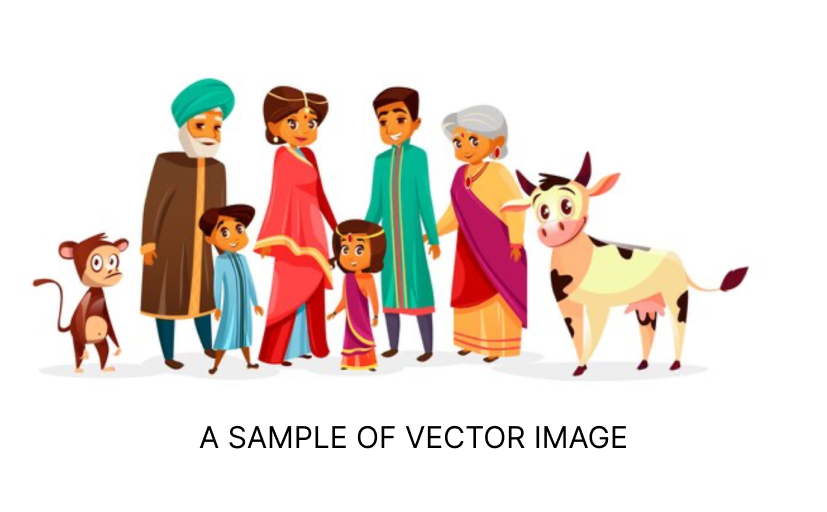In the realm of design, choosing the right file format is akin to selecting the perfect tool for the job. Each format comes with its own set of strengths, weaknesses, and ideal use cases. In this SEO-optimized post, we’ll delve into the world of file formats commonly used in design, including PSD, AI, EPS, SVG, and more, to equip you with the knowledge needed to make informed decisions and optimize your design workflow.

PSD (Photoshop Document)
**Strengths:**
– PSD is the native file format for Adobe Photoshop, offering comprehensive support for layers, masks, and adjustment layers.
– It allows for non-destructive editing, enabling designers to make changes without compromising image quality.
– PSD files are widely compatible with other Adobe Creative Suite applications, facilitating seamless integration and collaboration.
**Weaknesses:**
– Large file sizes can pose challenges for storage and sharing, especially for projects with numerous layers and high-resolution images.
– Limited compatibility with non-Adobe software may hinder collaboration with clients or colleagues who use alternative design tools.
**Ideal Use Cases:**
– Complex photo editing and manipulation
– Creating web graphics, mockups, and user interface designs
AI (Adobe Illustrator)
**Strengths:**
– AI is the industry-standard vector graphics editor, renowned for its scalability and versatility.
– Vector graphics retain clarity and sharpness at any resolution, making AI files ideal for both print and web applications.
– AI supports precise control over anchor points, paths, and shapes, facilitating intricate illustrations and typography.
**Weaknesses:**
– Steeper learning curve compared to raster-based software
– Limited support for photo editing and pixel-based effects
**Ideal Use Cases:**
– Logo design and branding
– Illustrations, icons, and infographics
– Vector-based typography and lettering
EPS (Encapsulated PostScript)
**Strengths:**
– EPS is a versatile file format compatible with both vector and raster graphics.
– It preserves image quality and scalability, making it suitable for print production and large-format designs.
– EPS files are widely supported by design software and can be easily imported into layout programs like Adobe InDesign.
**Weaknesses:**
– Limited support for transparency and advanced effects compared to newer formats like AI and PDF.
– Compatibility issues may arise when transferring EPS files between different software applications.
**Ideal Use Cases:**
– Exporting vector graphics for print
– Sharing artwork with clients or printers
SVG (Scalable Vector Graphics)
**Strengths:**
– SVG is an XML-based vector image format that scales seamlessly without loss of quality.
– It is supported by all modern web browsers, making it ideal for responsive web design and interactive graphics.
– SVG files are lightweight and easily editable using code or vector graphics software.
**Weaknesses:**
– Limited support for complex gradients, filters, and effects compared to raster formats.
– Performance issues may arise when rendering complex SVGs in web browsers, especially on older devices.
**Ideal Use Cases:**
– Web graphics, icons, and animations
– Infographics and data visualizations
– Interactive maps and charts
Conclusion
Understanding the nuances of file formats is essential for every designer striving to deliver high-quality work efficiently. By leveraging the strengths of each format and tailoring your choices to suit specific project requirements, you can elevate your design capabilities and ensure compatibility across platforms and mediums. Whether you’re crafting pixel-perfect illustrations or designing for the web, armed with this guide, you’ll be well-equipped to navigate the diverse landscape of file formats and unleash your creative potential.


